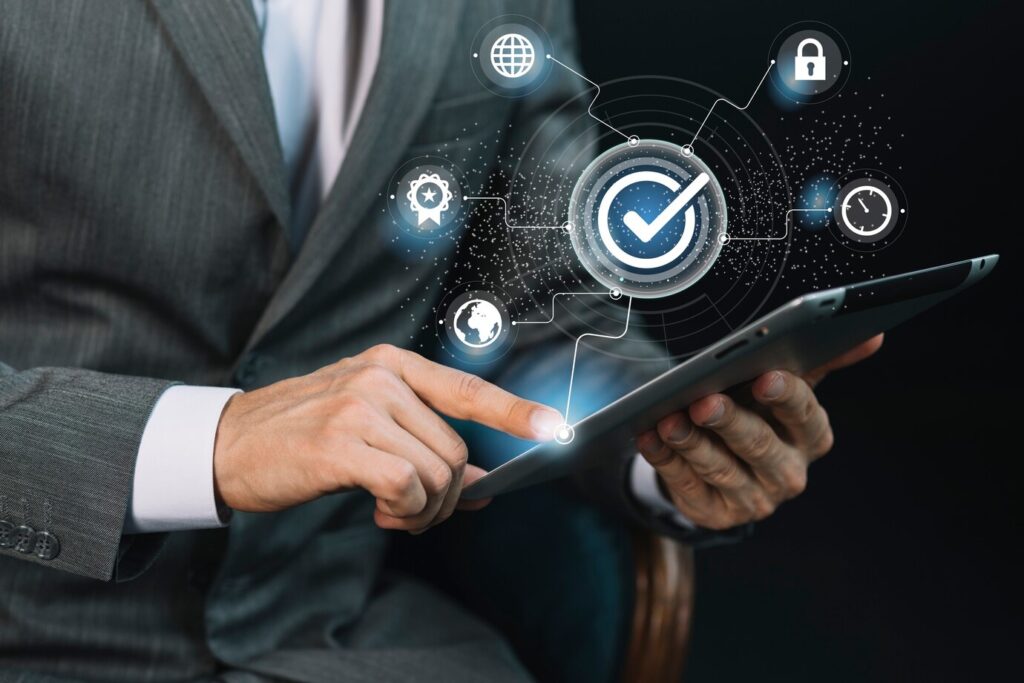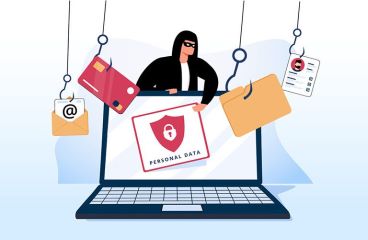
This October, as we celebrate National Cybersecurity Awareness Month (NCSAM) and Halloween, let’s dive into the world of cybersecurity. Just like how Halloween reminds us of the importance of staying safe and vigilant, the online world also has its own set of challenges. Think of it as a journey with potential pitfalls, and, just like any journey, it’s important to navigate it with caution. In the spirit of both NCSAM and Halloween, we’re here to help you recognize and avoid 10 common cybersecurity mistakes that can bring real-world scares to your digital life.
10 Cybersecurity Mistakes
-
Weak Passwords
One of the most common yet spine-chilling, mistakes is using weak or easily guessable passwords. Cybercriminals can easily crack passwords like “123456” or “password.” Instead, create robust and unique combinations, incorporating letters, numbers, and special characters. A strong password is your first line of defense.
-
Neglecting Software Updates
Ignoring software updates is like letting your computer turn into a zombie—vulnerable and potentially harmful. Updates often contain essential security patches that protect your system from known vulnerabilities. So, don’t leave your devices in an undead state; keep them updated.
-
Falling for Phishing Scams
Phishing emails are like ghosts; they can haunt your inbox without warning. Be cautious of unsolicited emails, especially those asking for sensitive information or urging quick action. When in doubt, contact the sender directly to verify the email’s legitimacy.
-
Risky Wi-Fi Connections
Public Wi-Fi networks can be cryptic realms where unseen forces lurk. Avoid connecting to unsecured or unknown Wi-Fi sources. Cybercriminals often create fake hotspots to steal your information. Stick to secure, password-protected networks whenever possible.
-
Outdated Devices
Outdated and unsupported devices are like mummies from the past – ancient and defenseless. Make sure your devices and software are still receiving updates and security patches. If not, it’s time to upgrade.
-
Cautious Downloads
Beware of downloads that can harm your device and data. Only download files or applications from reputable sources. Avoid torrents and suspicious websites that may infect your device with malware.
-
Social Media Caution
Reckless sharing on social media is like stitching together a digital Frankenstein’s monster. Be mindful of the information you post online. Cybercriminals can piece together details to impersonate you or carry out social engineering attacks.
-
Protecting Privacy
Leaving your personal information unprotected is like carving a Jack-o’-lantern and forgetting to light it. Safeguard your data with strong, updated security settings on your online accounts.
-
App Permissions
Some apps and services request more permissions than they need, which can be like digital poltergeists. Review and restrict app permissions to protect your privacy. Why allow a flashlight app to access your contacts?
-
Protecting Your Data
Your data is precious and losing it can be a nightmare. To avoid this frightening scenario, invest in secure backup solutions. Regularly backing up your important files and data can save you from the horrors of data loss caused by cyberattacks or technical mishaps. Explore secure cloud storage options or external hard drives, and sleep soundly knowing your digital life is protected.
Steer clear of these 10 frightening cybersecurity mistakes, so you can ensure your digital life remains free from the terrors of cyber threats. Stay safe, be vigilant, and embrace the spirit of online security as you navigate the digital realm this October. If you need more insights into business cybersecurity or additional tips for online safety, don’t hesitate to contact us.



